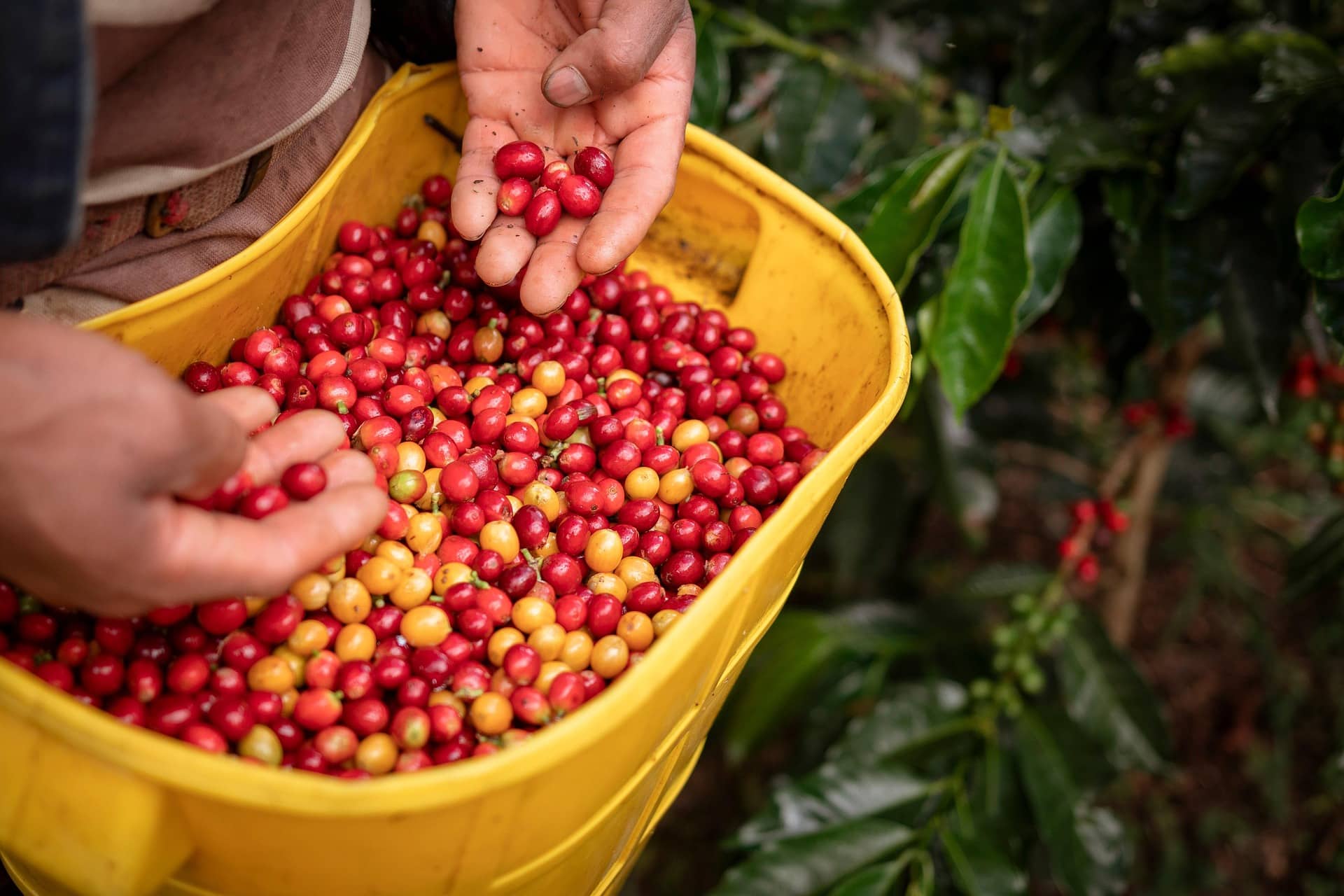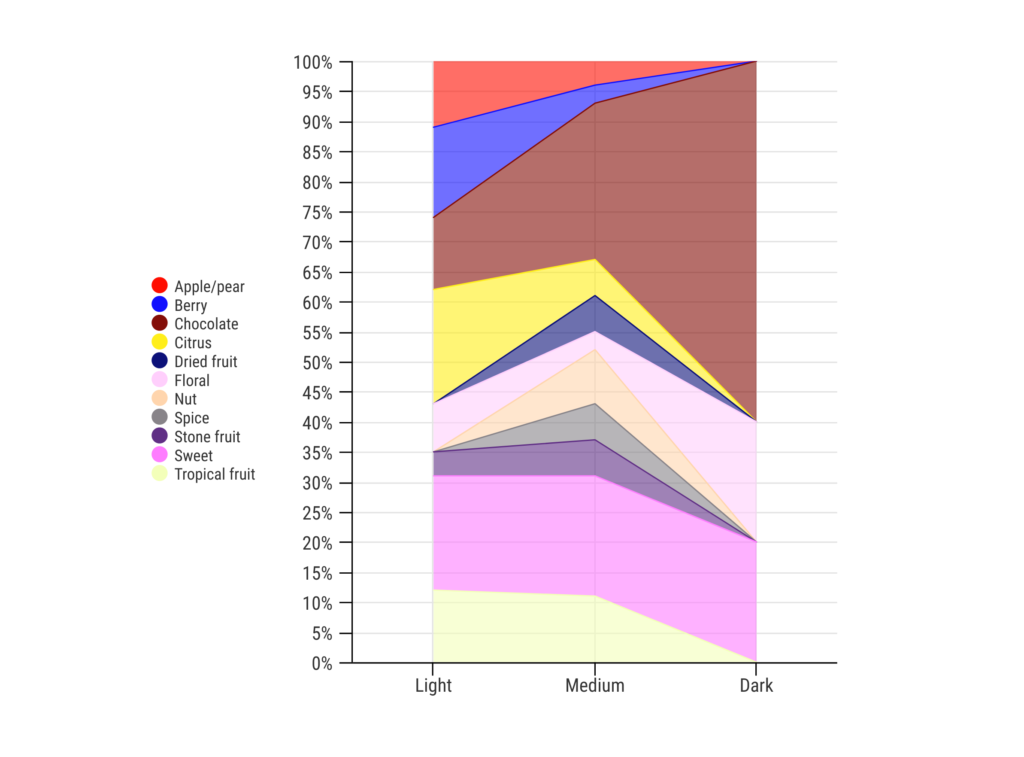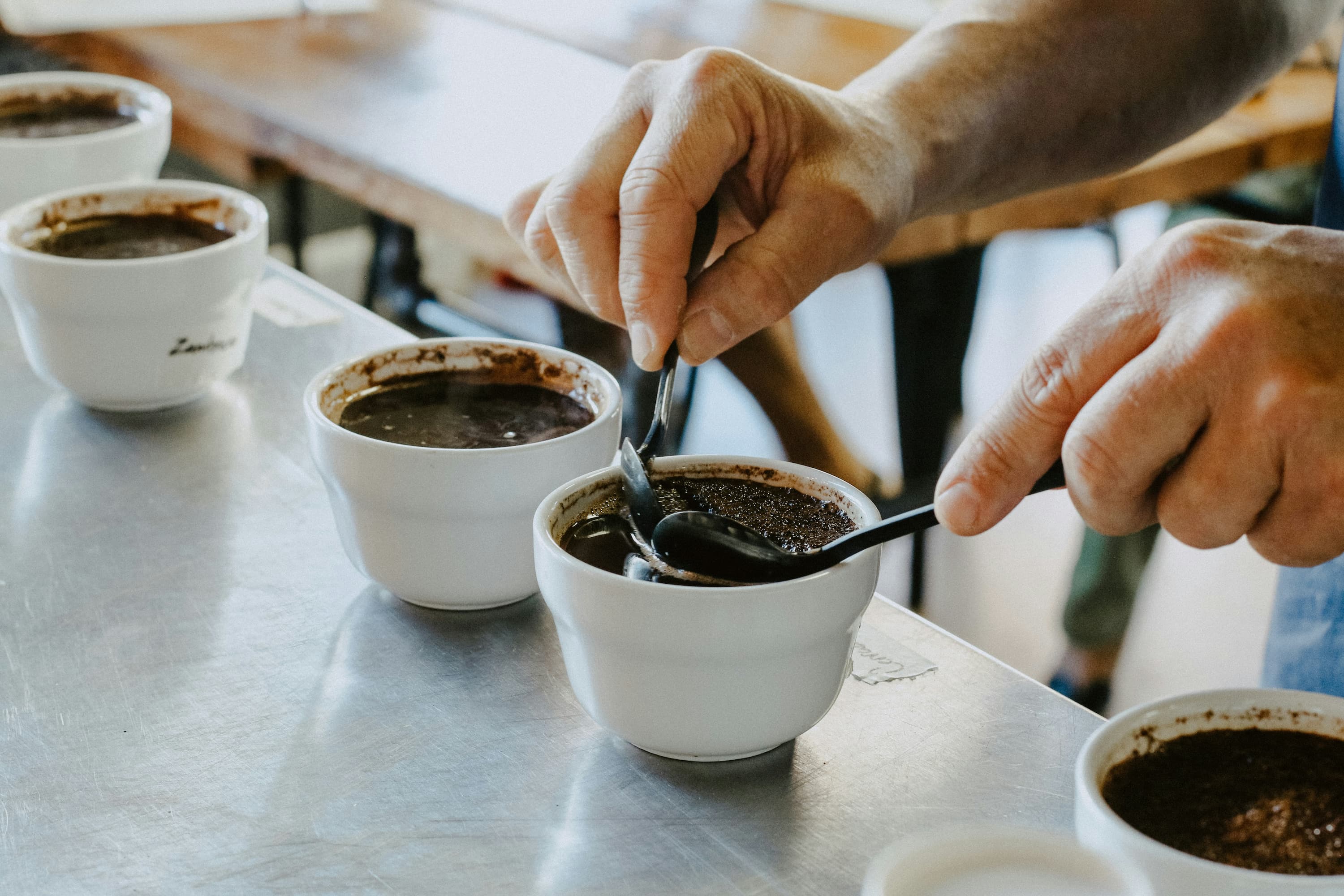
Coffee Certification Challenges
Once thought to be a straightforward incentive for producers and roasters, coffee certification challenges have become increasingly complex …

When examining Guatemalan coffee roast levels, we find that roasting is not just about heat — it’s a complex interplay of chemistry and thermodynamics that dramatically reshapes a bean’s flavor profile.
But considering the fact that beans from certain countries tend to also have certain flavor profiles, how does roasting alter these inherent flavors? In other words, does roasting a bean progressively darker enhance or subdue those intrinsic flavor notes?
To answer this question, we turned to our database of single origin coffees. One obstacle to finding a relationship here is that beans from certain origins tend to be roasted in a certain way, most of the time. For example, Ethiopian coffees are mostly roasted to a light level. (You would be hard pressed to find any dark-roasted Ethiopian coffee, but if you do, points to that roaster for thinking outside the box!)
So, despite the prevalence of Ethiopian coffees on the market, it actually isn’t the best choice for this experiment. Instead, we chose coffee from Guatemala as our specimen here, as our database has a fair number of coffees from Guatemala and the variety between light/medium/dark roasts offers a diverse data set for what we’re trying to find out.
Here’s what we found. First off, Guatemalan coffee can be a lot of things to a lot of people and the primary tasting note for these coffees runs from citrus to chocolate to spice.
However, among the light roasts, the primary notes are citrus (19% of Guatemalan light roasts), sweet (19%), berry (15%), and chocolate (12%). This is a pretty good mix of different parts of the flavor wheel, with bright citrus together with chocolate.
As we move into Guatemalan medium roasts, we can begin to see the interpretations of flavors changing. For medium roasts, the primary notes are chocolate (26% of Guatemalan medium roasts), sweet (20%), tropical fruit (11%), and nut (9%). It’s clear with medium roasts there is a movement away from the brighter notes like citrus and berry and toward the chocolatey and nutty profiles.
When we assess the dark roasts, a full 60% of them are noted as being chocolatey. Fruity notes completely fade away. See the graph below for flavor progression from light to dark roasts.

There are a couple takeaways here. Flavors certainly do change as the same single origin is roasted differently. Any bright flavors of a light roast can be quite literally “roasted away”, as the roast spectrum gets darker, but we should note that’s not always true. Teasing out new flavor compounds in a darker roast is one area of innovation in roasting that we’re watching closely and most of this experimentation is conducted by thinking differently about traditional roasting methods.
At the same time, we wouldn’t say that roasting darker creates chocolate notes in these Guatemalan coffees. It accentuates the chocolate notes that are already there. Recall that 12% of our light roasts had chocolate as the primary note. That grows to 60% of dark roasts.
It’s reasonable to say then if chocolate or nut or earthy notes are inherently present in the bean such that they are observed in a light roast, a darker roast will emphasize these flavors more, because those are the kinds of notes that dark roasting creates – or in this case, highlights. For the bright notes such as citrus or berry that are present in a light roast, they may change, become more subtle, or transition into other flavors in a darker roast.
The observation that dark roasts lead to roasty flavor notes may not be anything groundbreaking, but this does have implications for how you choose your coffee. If you like those citrus and berry notes, select your place on the roast spectrum carefully.
We also know that roasting is different for each roaster, and one roaster may be able to achieve a roast and flavor profile combination that is completely new or unexpected. These are the pockets of innovation and departures from the mean that are worth paying attention to as the art and science of roasting evolve together.
Check out our two data visualizations that really demonstrate the relationships here – one shows the path of coffee from origin, through its processing method, then through its roast level, ending in tasting note. You can see just how varied and inconsistent (in a good way) the relationships are. The other shows a similar outcome, but with a visual distribution of different origins. Certainly, there are patterns in the madness, but one of the things we love most about coffee is how unique it can be, particularly as it moves through different steps in its journey from crop to your cup.

Once thought to be a straightforward incentive for producers and roasters, coffee certification challenges have become increasingly complex …

Each quarter in our benchmarking report, we analyze a broad sample of single origin coffees from hundreds of small roasters …

You read tasting notes because they promise an experience. Yet the language on coffee bags often feels repetitive …
